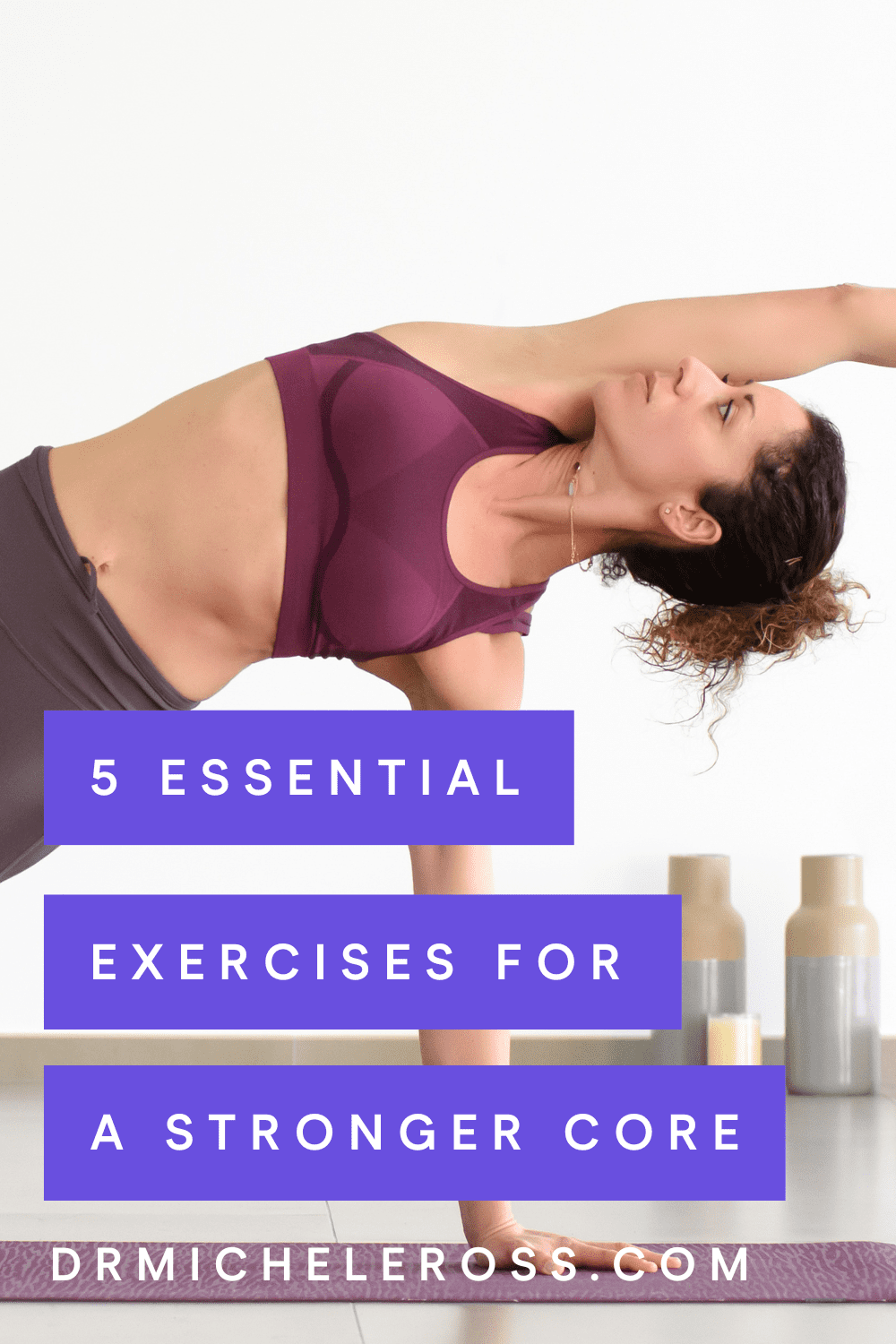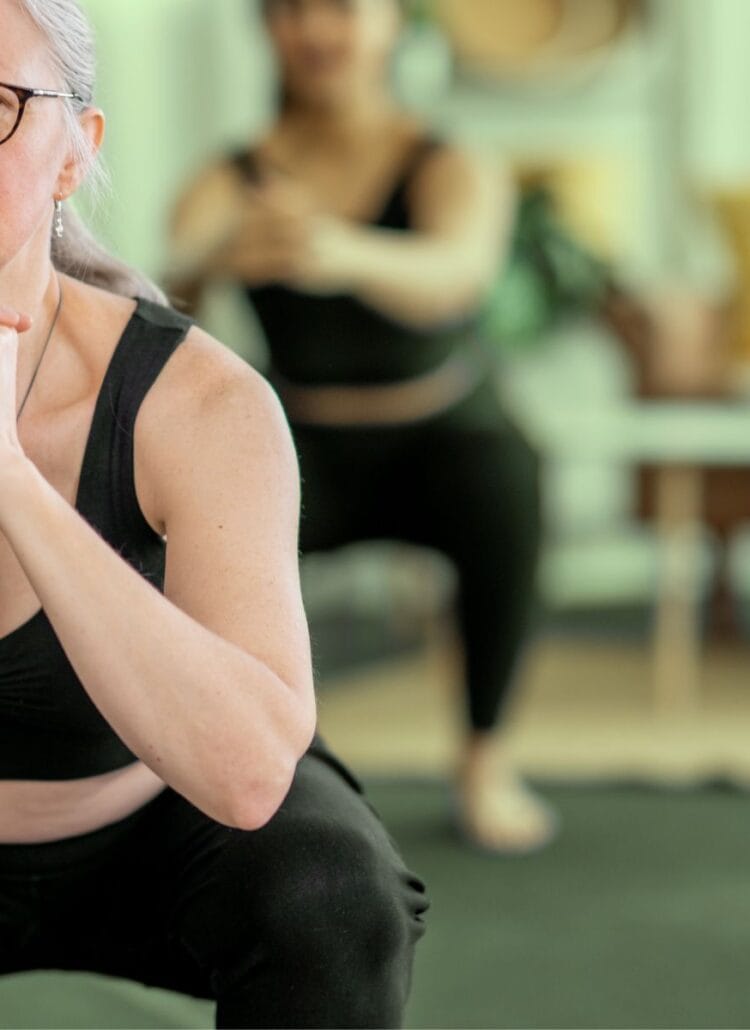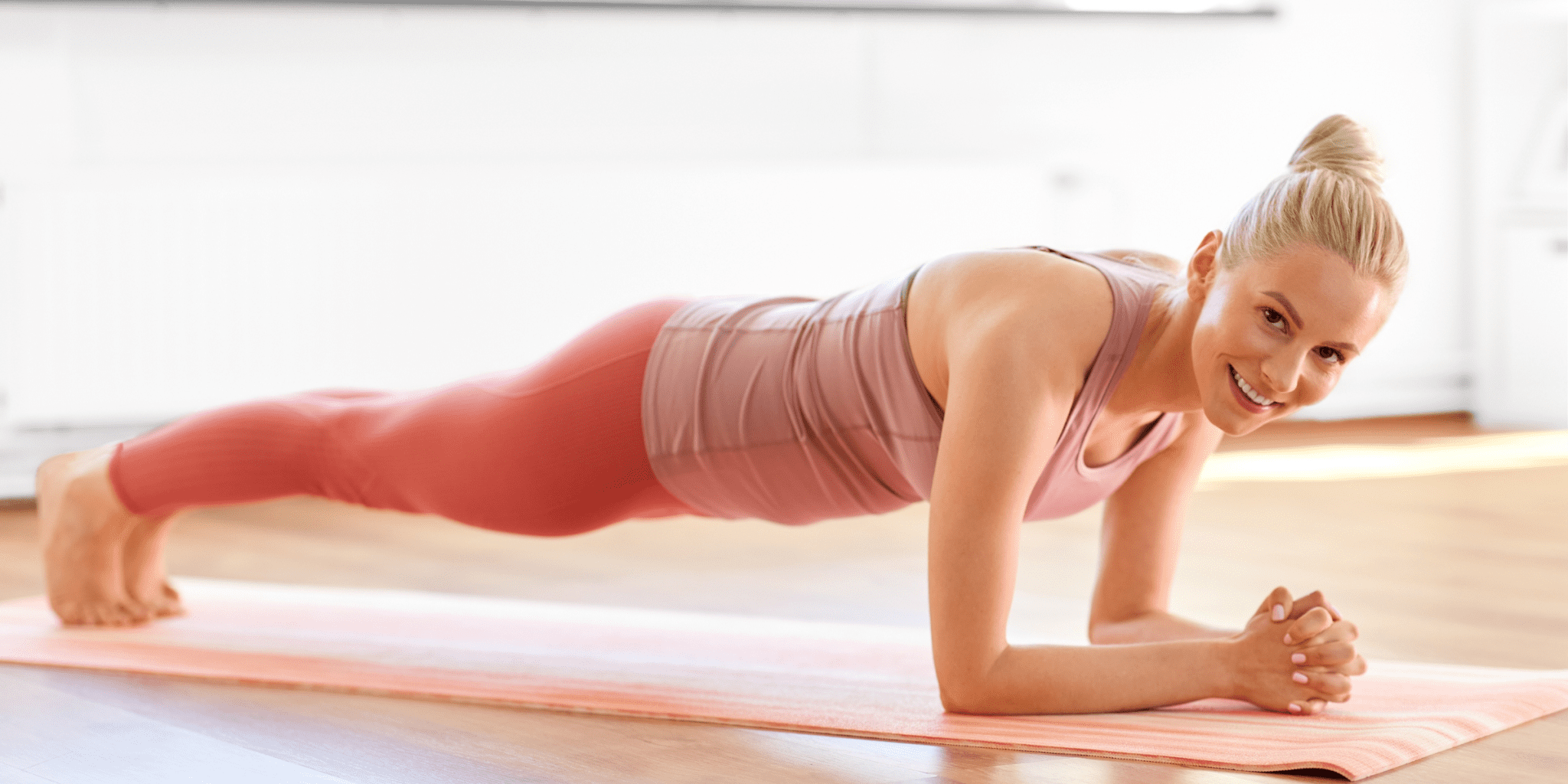
A strong core is essential for good posture and stability. It also helps distribute weight and movement throughout the body, preventing muscle from overworking.
To build your core strength, try the following simple exercises. You can perform these in a circuit with 30 seconds or less rest between each exercise.
Planks
The plank is the most well-known core exercise and looks like a pre-pushup position where your shoulders are stacked on top of your elbows. Aim to hold this pose for as long as possible, building your strength.
This exercise targets many core muscles simultaneously, including the abs, obliques, quads, and hips. It also helps improve your ability to stabilize your torso during other exercises.
To increase the challenge, try adding a movement to your plank. This intermediate exercise, known as a dead bug, starts with the standard plank but adds the motion of lifting one leg toward your chest and returning it to the starting position. The movement strengthens the legs and improves balance. Try it for 1 set of 8 to 12 reps.

Bird Dogs
Bird dogs look simple enough and are an effective bodyweight exercise to strengthen core muscles, improve back and hip mobility, and enhance stability. They can also be used as a warm-up or movement pattern to practice before moving on to more advanced exercises and variations in Kirkland Gym.
Practicing the bird dog yoga pose can help you prevent hip rotation, which can cause lower back pain. The exercise targets the erector spinal muscles of the spine, which help extend and flex the spine while challenging the abs and obliques.
To perform a bird dog, get into a tabletop position with hands directly under your shoulders and knees underneath your hips, forming a box shape with 90-degree angles in each joint. Then, alternate lifting one arm and leg at a time to keep the core engaged.
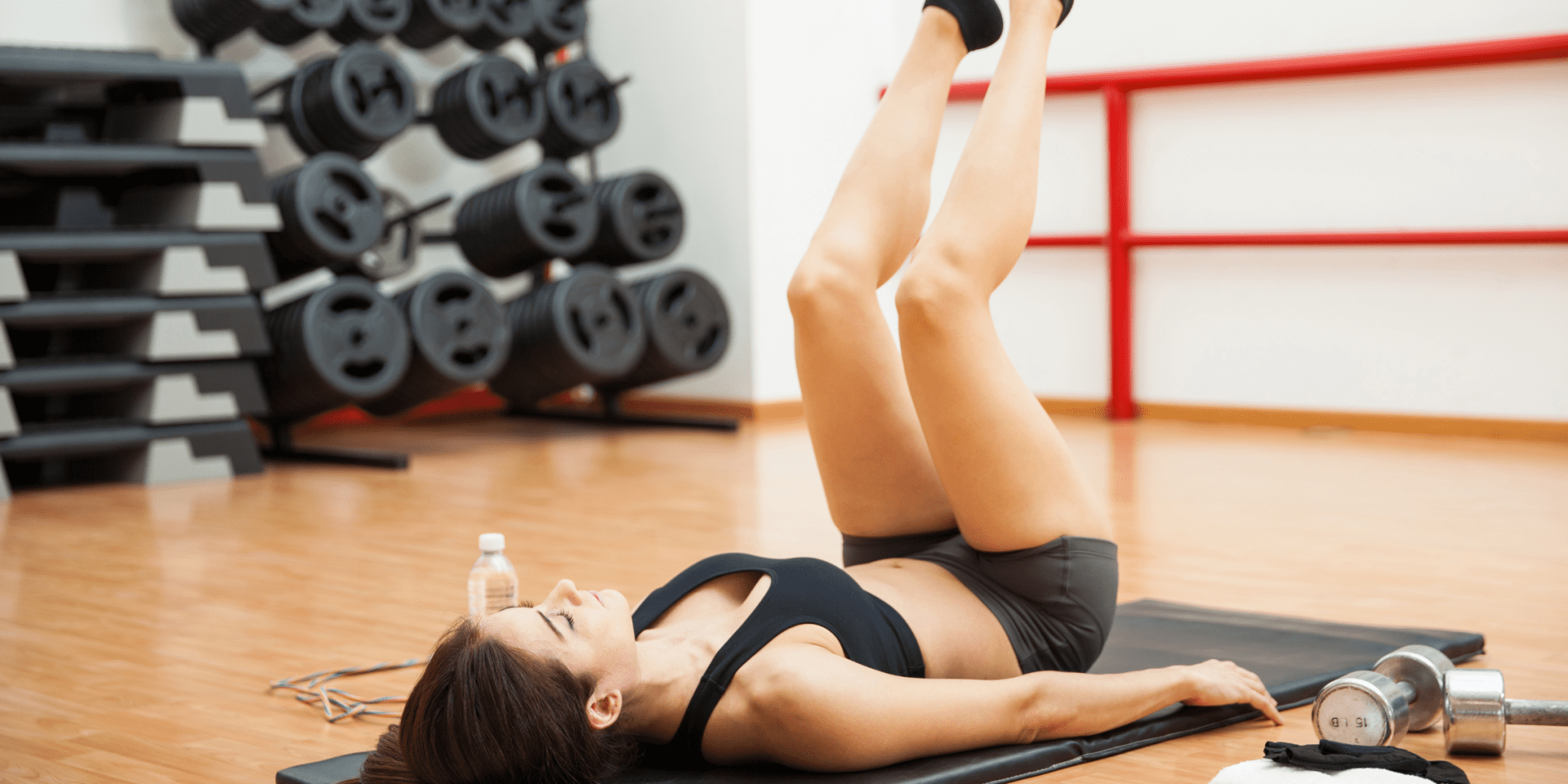
Leg Raises
Leg raises are a great addition to your abs day workout as they target the lower core muscles. They also work the hips and back.
Whether lying flat on the floor or hanging from a bar, your entire core and abdominal area is hard at work during this movement. The key is to control the movement and not arch your back, which can cause strain.
For a more challenging variation, try adding v-ups to the mix by getting into a tabletop position with your hands under your shoulders and knees under your hips and lifting your right arm in front of you and left leg behind you, forming a V shape with your body. Alternate sides for the next rep. This will help you build strength and reduce back pain over time.
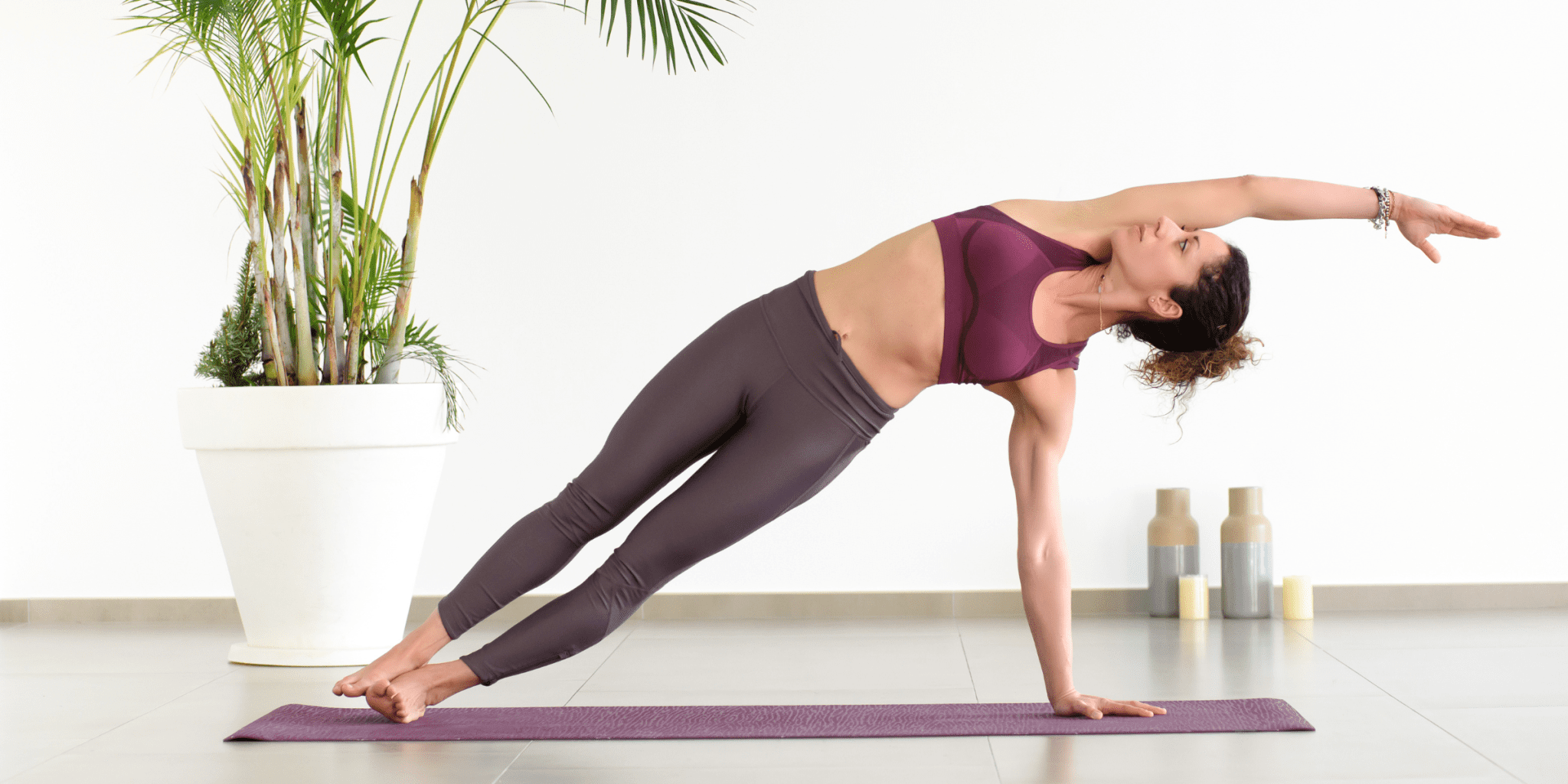
Side Planks
While the classic plank targets core muscles needed to protect your spine, side planks work the obliques differently. They also require you to engage other muscles in your hips and lower back to keep your balance.
Lie on your side with your elbow under your shoulder and your top leg stacked over your bottom. Press your forearm into the floor and use your core to prevent your body from sagging or rolling.
To make this isometric exercise even harder, add a twist or rotation to the movement while holding a resistance band for added challenge. You can even put your supporting arm on a gym ball to increase instability, forcing you to activate more muscle to maintain the position. Aim for 30 seconds per side or 10 to 15 reps for best results.
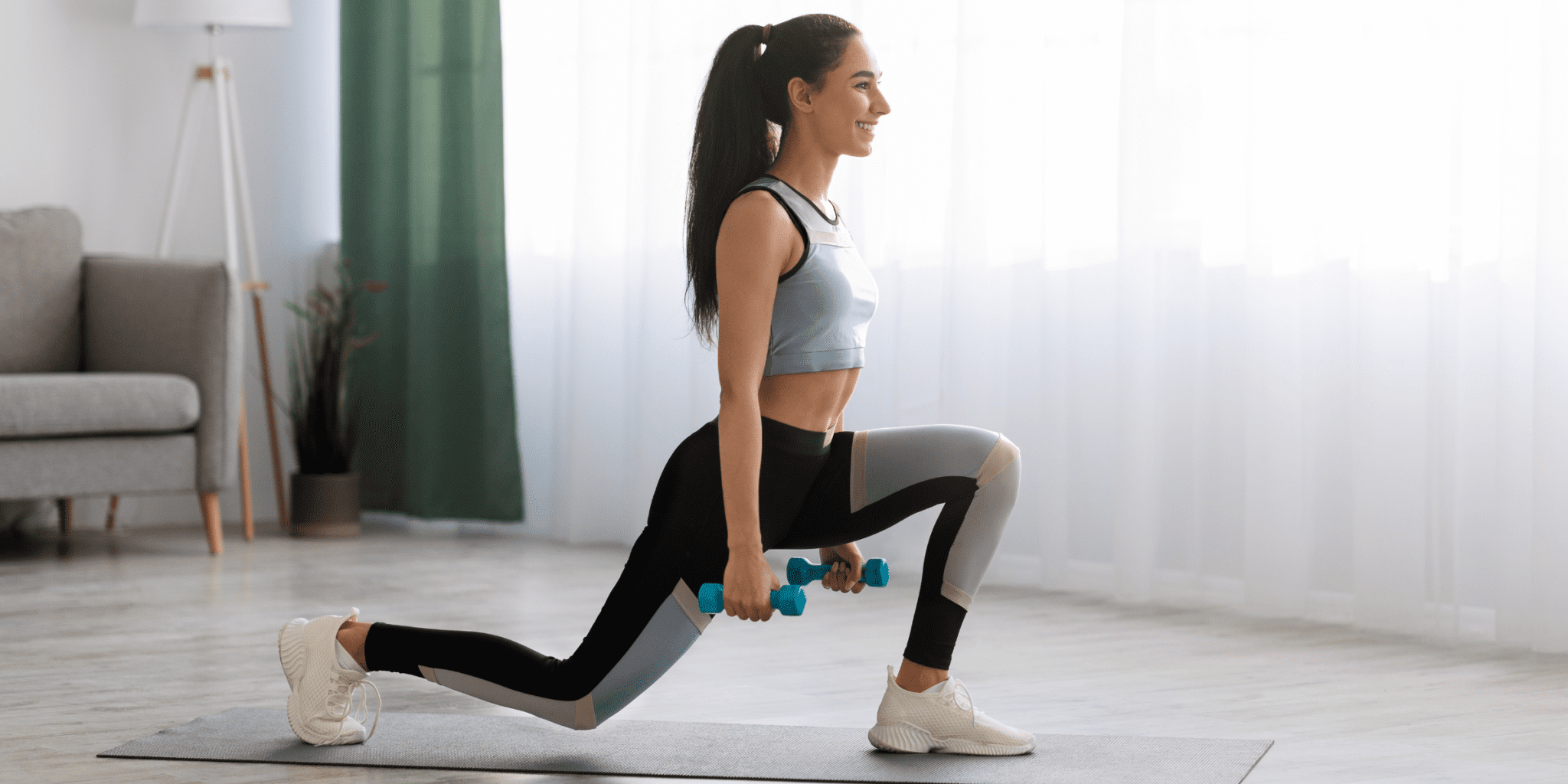
Lunges
Lunges use large lower-body muscles to help you strengthen your legs and build muscle. The exercise also helps correct muscle imbalances and increases flexibility for a stronger core. This simple move can be modified and performed to suit any fitness level.
While lunges can be hard on the knees, they are excellent lower-body exercises that can be adapted to all fitness levels, including beginners. They are great for strengthening your hips, quads, and hamstrings.
In addition, lunges are a functional exercise that mimics our daily movements and actions. Plus, lunges can be performed with various implements like dumbbells, kettlebells, or barbells to challenge your strength. However, you must check with your doctor before adding lunges to your workout program if you have previous knee or hip injuries.
Pin This Post
